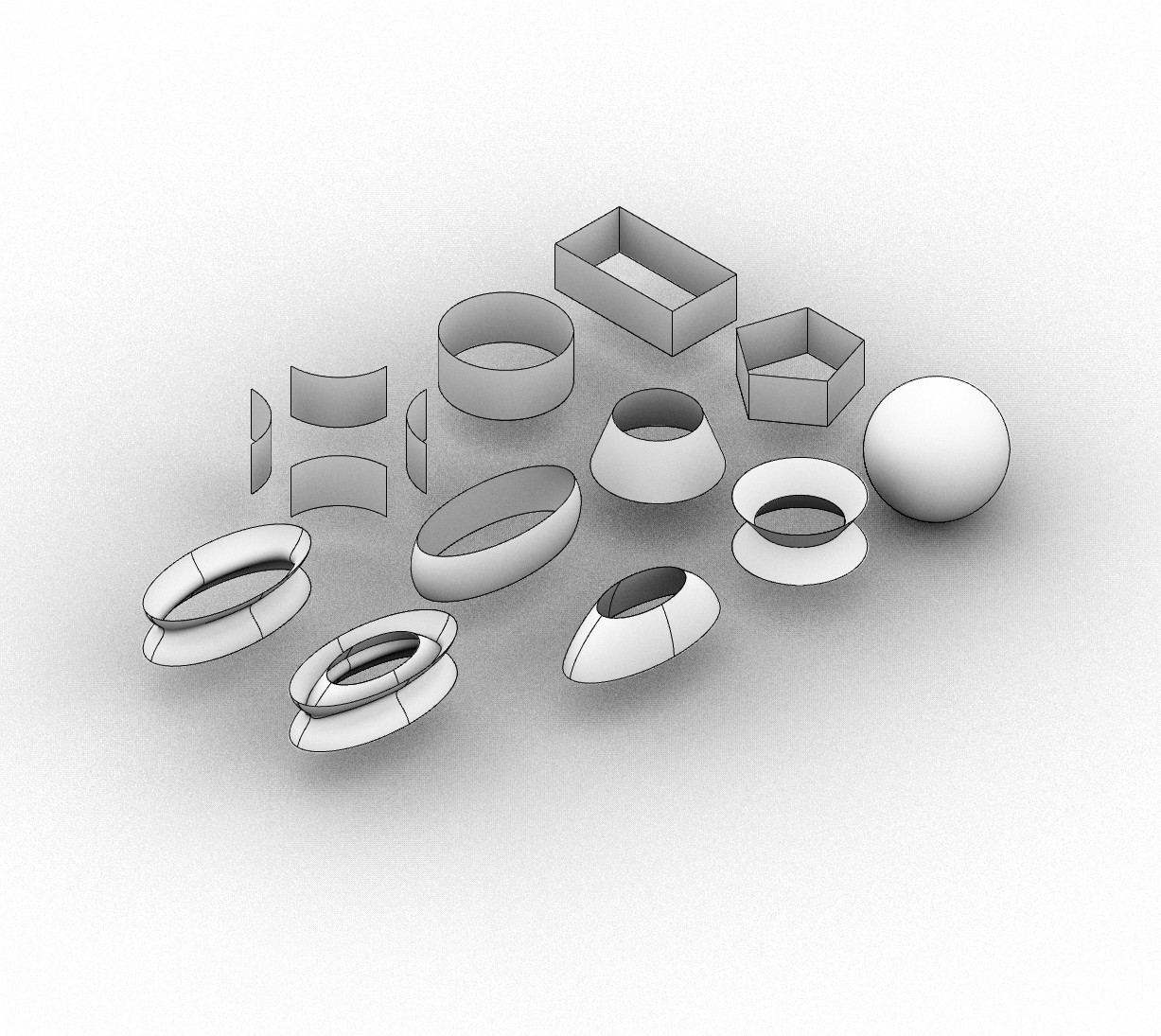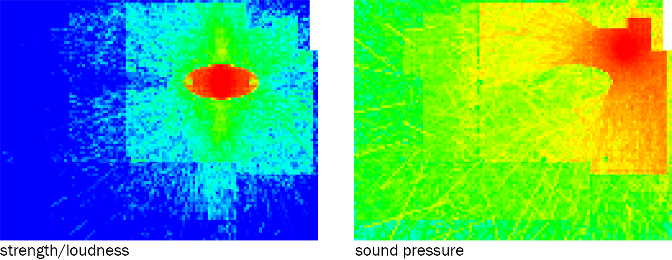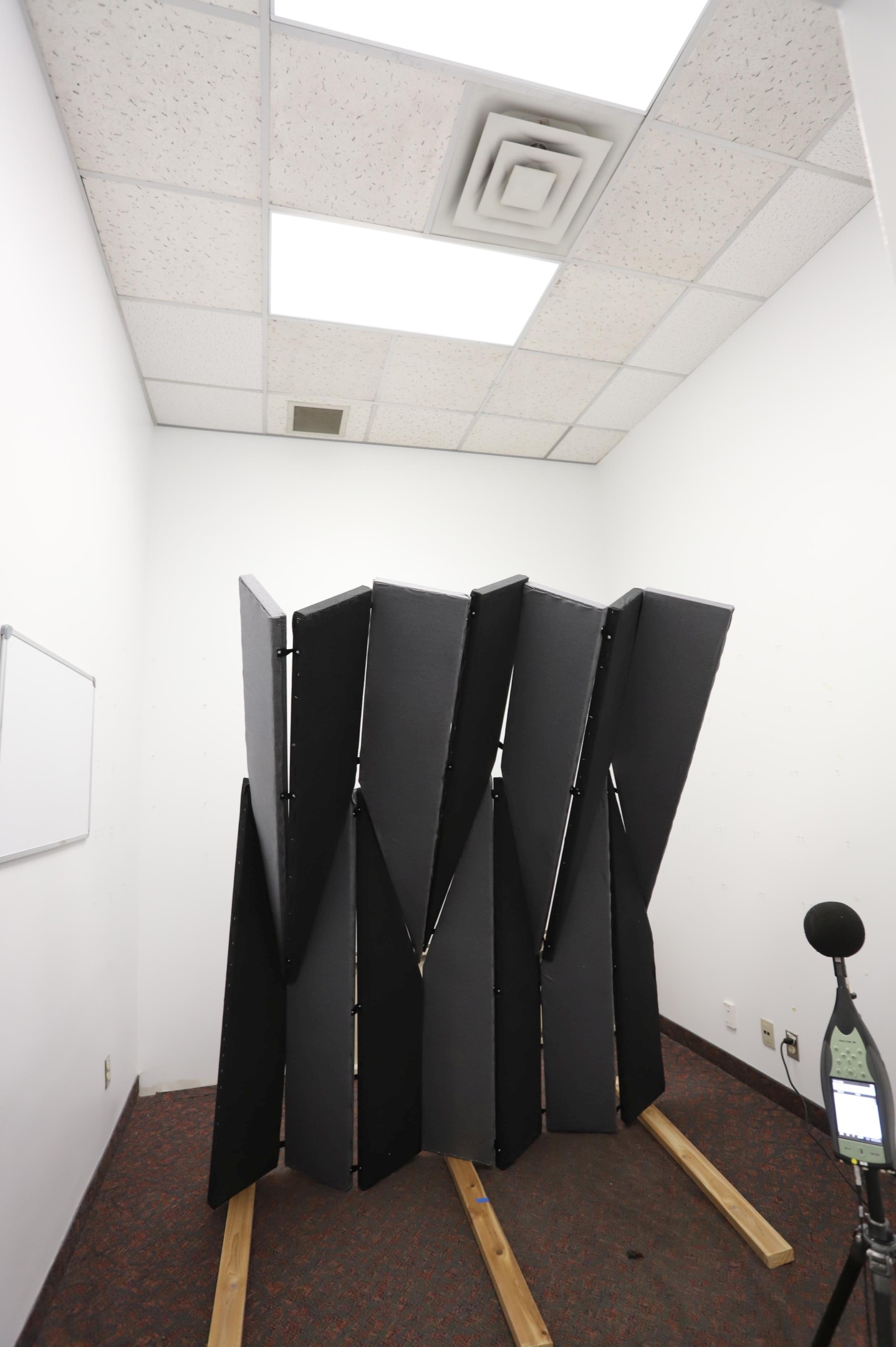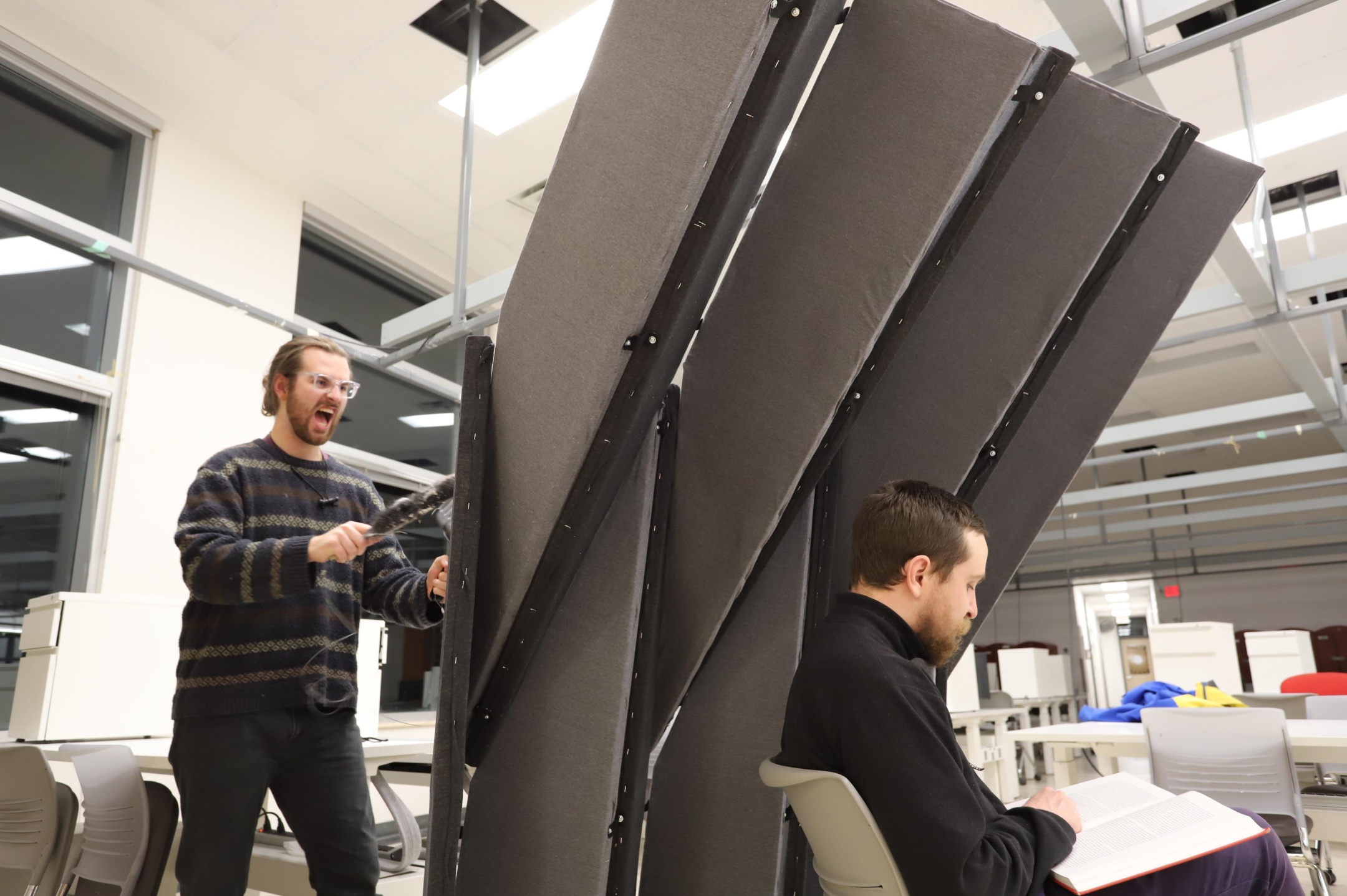Origami
Acoustic
Partition
2020
with Sam Baril, Caleb Derksen,
Dan Howard, Ashley Hu
The Origami Acoustic Partition is a prototype for exploring
how to analyse and measure the impacts of acoustics on a space and how products
can be designed to minimise those impacts. Developed over one semester, the
team used a model of the Calgary Building Design Lab to simulate and analyse how
sound propagates through a large, open student studio space in the building.
Taking this initial analysis, two initial interventions to control the acoustics of the space were developed. One intervention looked at creating a manoeuvrable pod-like partition system and how the shape of that can best direct sound to prevent it from spilling into the surrounding space. The other intervention looked at creating a ceiling baffle system utilising origami to explore how the shape and area of the baffle can improve sound absorption in the space.
From the initial proposed acoustic interventions, a third intervention was developed that combined goals and lessons learned from the first two. The resulting origami acoustic partition arose from the desire to create a deployable, manoeuvrable, and easily manipulated partition system that allows the system to easily be deployed to support the frequently changing needs of an open student studio space.
To validate the acoustic performance of the resulting origami partition, digital simulations were run to analyse how the partition should absorb and deflect sound. A physical prototype of the origami partition was built to perform physical tests and validate the results of the digital simulations.
Taking this initial analysis, two initial interventions to control the acoustics of the space were developed. One intervention looked at creating a manoeuvrable pod-like partition system and how the shape of that can best direct sound to prevent it from spilling into the surrounding space. The other intervention looked at creating a ceiling baffle system utilising origami to explore how the shape and area of the baffle can improve sound absorption in the space.
From the initial proposed acoustic interventions, a third intervention was developed that combined goals and lessons learned from the first two. The resulting origami acoustic partition arose from the desire to create a deployable, manoeuvrable, and easily manipulated partition system that allows the system to easily be deployed to support the frequently changing needs of an open student studio space.
To validate the acoustic performance of the resulting origami partition, digital simulations were run to analyse how the partition should absorb and deflect sound. A physical prototype of the origami partition was built to perform physical tests and validate the results of the digital simulations.




















